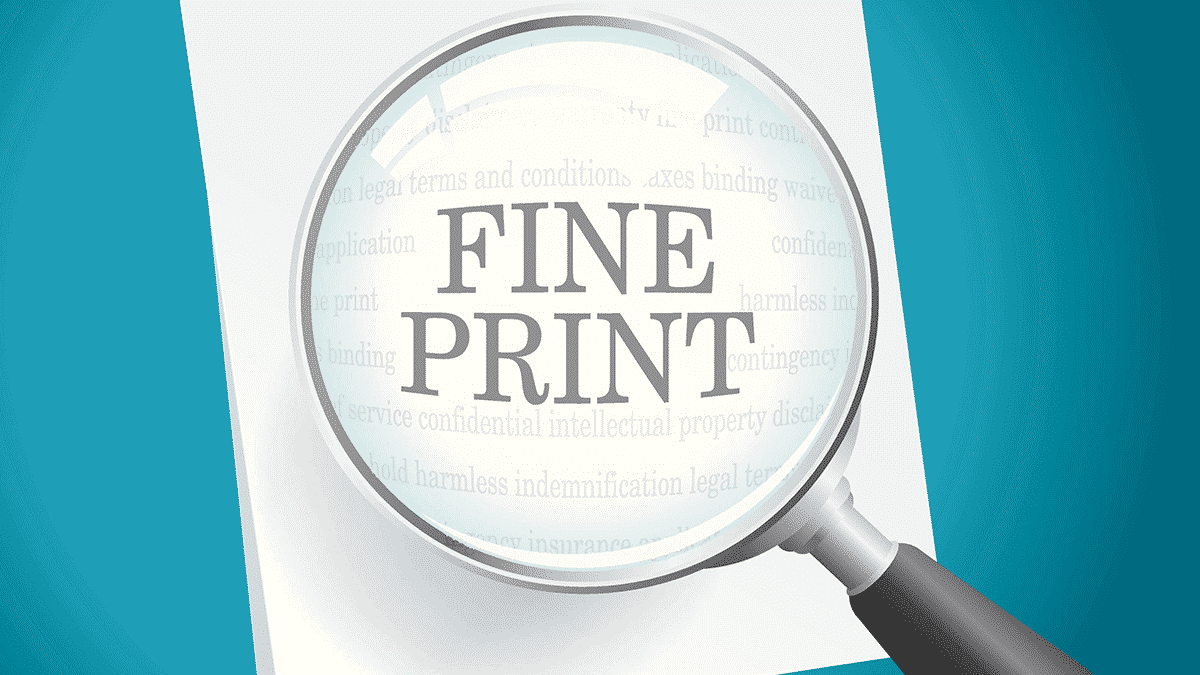In this guide
Superannuation is now very much super-sized. In fact, Australia now boasts the fifth-largest pool of investable retirement savings in the world.
In December 2024, $4.2 trillion was invested in super, up 11.5% in just 12 months. That’s significantly more than the $3.1 trillion combined value of all the stocks on the ASX. The two largest super funds alone – AustralianSuper and Australian Retirement Trust – each have more than $300 billion in assets.
Super’s growth spurt was due in part to increases in compulsory employer contributions, with the Superannuation Guarantee (SG) rate increasing to 11% from July 2023, and again to 11.5% in July 2024, as well as a 3.5% increase in wages growth. As the SG rate increases again to 12% from July 2025, Australia’s superannuation system is only going to get bigger.
The funds themselves are also getting bigger, due to a combination of organic growth and mergers. In September 2024 there were 95 funds regulated by APRA (not including small APRA funds), down from 106 the previous year, but this number is predicted to fall further as the industry continues to consolidate.
Underperforming funds pressured to merge
The 2018 Productivity Commission inquiry into superannuation, and the banking Royal Commission that followed, put the spotlight on underperforming funds. As a result, APRA has published annual performance tests for MySuper and Choice super funds to put pressure on poor performers to merge or exit the industry.
Another consequence of the Royal Commission has been an outflow of members and their money from the retail superannuation sector to industry funds. This trend is highlighted in the latest list of 20 largest super funds.
Bigger is not always better, but the Productivity Commission found that it can pay to be with one of the larger funds:
Evidence of economies of scale is compelling – larger fund size is strongly associated with lower average costs in the Australian superannuation system. For example, annual cost savings of at least $1.8 billion could be realised if the 50 highest-cost funds merged with the 10 lowest-cost funds. The presence of these potential gains, particularly from further consolidation, reflects a lack of effective competition in the system.
So, collectively, Australians would be paying less fees if there were fewer, larger funds. But does that mean larger funds have delivered better performance as well as lower fees? The answer is not clear cut.
Scale benefits also manifest through increasing returns to scale. Net returns are positively related to size for not-for-profit funds. (No corresponding correlation was found for retail funds.) Stronger net returns among larger not-for-profit funds might be due to higher exposure to unlisted asset classes, but data limitations rule out strong conclusions. Larger funds do appear, however, to make better investment decisions within asset classes.
There is little evidence that realised economies of scale have systematically been passed through to members in the form of lower fees. Scale benefits may have been passed through in the form of member services or increases in reserves or offset by the costs of meeting new regulatory requirements. And not-for-profit funds, on average, might have passed through some scale economies by investing more heavily in (higher cost) unlisted assets and obtaining higher returns.
Whatever your objectives, it pays to at least be aware which funds are gaining members and growing assets, as a point of reference when benchmarking your own super fund.
In the tables below you can find the 20 largest super funds, ranked according to their total number of members and also the value of total assets under management, as at 30 June 2024. As you can see, industry funds dominate the top of both tables.
- AustralianSuper remains the biggest fund in terms of both assets and members, with assets worth $360 billion (up 15.8% over the year, and 3,422,250 members (up 5%).
- Australian Retirement Trust (formed by the merger of QSuper and Sunsuper in 2022) sits in second place in terms of both assets ($310 billion) and members (2,491,213).
- In terms of members, REST is the 3rd largest (2,084,787), and Hostplus is the 4th largest (1,861,500). Both have relatively young, low paid members in the retail and hospitality industries respectively, with low average account balances. You need to go down to 7th place to find the top-ranking retail fund, MercerSuper (943,187 members, up 12%). However, most retail funds that made the list lost members over the year.
- Aware Super is currently the 3rd largest in terms of assets (and 5th largest in terms of members) while Unisuper is the 4th largest in terms of assets (and 10th largest in terms of members). Public sector funds like Aware, and industry funds with predominantly white-collar members such as UniSuper, tend to have higher average member balances, as do many retail funds.
- Of the 20 largest super funds, some of the biggest movers in terms of members and assets were the result of mergers and new business. CareSuper entered both top 20 lists for the first time after merging with Spirit Super, as did IOOF, which completed the transfer of the MLC Wealth Management business from the National Australia Bank (NAB) in March 2024, increasing its members by 34%. Mercer Super expanded its corporate offering to small- and medium-sized businesses.
- The biggest fall in terms of members was Retirement Portfolio Service (OnePath and ANZ Super), down 31% after a damaging class action over fees for no service.
20 largest super funds (by members)
| Members rank | Fund | Fund type | Members | Growth in members | Average member account balance | Total assets ($ billion) | Assets rank |
|---|---|---|---|---|---|---|---|
| 1 | AustralianSuper | Industry | 3,422,250 | 5% | $100,000 | $360 | 1 |
| 2 | Australian Retirement Trust | Industry | 2,491,213 | 7% | $118,000 | $310 | 2 |
| 3 | REST | Industry | 2,084,787 | 3% | $41,000 | $88 | 11 |
| 4 | Hostplus | Industry | 1,861,500 | 6% | $61,000 | $119 | 6 |
| 5 | Aware Super | Public Sector | 1,224,303 | 2% | $144,000 | $183 | 3 |
| 6 | HESTA | Industry | 1,075,663 | 5% | $79,000 | $89 | 10 |
| 7 | Mercer Super | Retail | 943,187 | 12% | $75,000 | $73 | 13 |
| 8 | Cbus | Industry | 924,408 | 1% | $99,000 | $95 | 8 |
| 9 | MLC Super Fund | Retail | 808,190 | -5% | $107,000 | $88 | 12 |
| 10 | UniSuper | Industry | 680,495 | 5% | $190,000 | $143 | 4 |
| 11 | Colonial First State | Retail | 616,027 | -5% | $156,000 | $97 | 7 |
| 12 | AMP Super | Retail | 611,776 | -11% | $88,000 | $55 | 18 |
| 13 | CareSuper | Industry | 594,095 | 6% | $89,000 | $53 | 19 |
| 14 | Retirement Portfolio Service | Retail | 478,601 | -31% | $77,000 | $37 | 21 |
| 15 | IOOF | Retail | 278,446 | 34% | $230,000 | $65 | 15 |
| 16 | Wealth Personal Superannuation and Pension Fund | Retail | 252,392 | -1% | $239,000 | $61 | 17 |
| 17 | Brighter Super | Public Sector | 246,556 | -1% | $130,000 | $34 | 24 |
| 18 | Smart Future Trust | Retail | 235,741 | 2% | $24,000 | $6 | 43 |
| 19 | ASGARD Independence Plan Division Two | Retail | 233,034 | -17% | $307,000 | $72 | 14 |
| 20 | Public Sector Superannuation Scheme | Public Sector | 212,554 | -1% | $536,000 | $119 | 5 |
Source: APRA
20 largest super funds (by assets)
| Assets rank | Fund | Fund type | Total assets ($ billion) | Members | Average member account balance | Members rank |
|---|---|---|---|---|---|---|
| 1 | AustralianSuper | Industry | $360 | 3,422,250 | $100,000 | 1 |
| 2 | Australian Retirement Trust | Industry | $310 | 2,491,213 | $118,000 | 2 |
| 3 | Aware Super | Public Sector | $183 | 1,224,303 | $144,000 | 5 |
| 4 | Unisuper | Industry | $143 | 680,495 | $190,000 | 10 |
| 5 | Public Sector Superannuation Scheme | Public Sector | $119 | 212,554 | $536,000 | 20 |
| 6 | Hostplus | Industry | $119 | 1,861,500 | $61,000 | 4 |
| 7 | Colonial First State | Retail | $97 | 616,027 | $156,000 | 11 |
| 8 | Cbus | Industry | $95 | 924,408 | $99,000 | 8 |
| 9 | Military Superannuation & Benefits Fund No 1 | Public Sector | $95 | 182,501 | $519,000 | 23 |
| 10 | HESTA | Industry | $89 | 1,075,663 | $79,000 | 6 |
| 11 | REST | Industry | $88 | 2,084,787 | $41,000 | 3 |
| 12 | MLC Super Fund | Retail | $88 | 808,190 | $107,000 | 9 |
| 13 | Mercer Super | Retail | $73 | 943,187 | $75,000 | 7 |
| 14 | ASGARD Independence Plan Division Two | Retail | $72 | 233,034 | $307,000 | 19 |
| 15 | IOOF | Retail | $65 | 278,446 | $230,000 | 15 |
| 16 | CSS Fund | Public Sector | $63 | 96,434 | $649,000 | 35 |
| 17 | Wealth Personal Superannuation and Pension Fund | Retail | $61 | 252,392 | $239,000 | 16 |
| 18 | AMP Super | Retail | $55 | 611,776 | $88,000 | 12 |
| 19 | CareSuper | Industry | $53 | 594,095 | $89,000 | 13 |
| 20 | Macquarie Superannuation Plan | Retail | $43 | 124,116 | $345,000 | 31 |
Source: APRA













Leave a comment
You must be a SuperGuide member and logged in to add a comment or question.